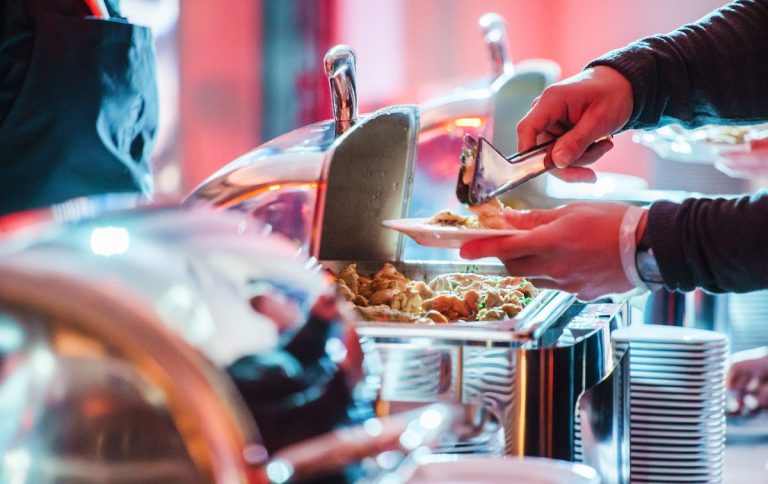
With catering irreversibly changed, digital platforms want to be part of the new normal.
Restaurant technology platform Olo announced a partnership Tuesday (April 4) with catering delivery firm DeliverThat to enable its customers to offer catering options. A news release noted that the delivery firm has been fulfilling Olo orders since January and that early deployments of this integration have been successful.
“We’re delighted to add DeliverThat to our growing network of delivery service providers providing our customers last-mile delivery for catering orders placed on their direct channels,” Shalin Sheth, senior vice president and general manager of direct ordering at Olo, said in the release. “Catering orders require more involvement than an average order, and DeliverThat’s white glove service provides our customers a differentiated DSP, giving them the peace of mind that these big orders are executed with care.”
The news comes as restaurant technology providers seek to close the technology gap between typical, individual restaurant ordering and catering, with the latter largely left behind in the digital shift in the immediate aftermath of the initial COVID-19 outbreak.
Yet, while catering continues to be as relevant as ever for social gatherings, the corporate catering industry may be negatively impacted by fewer consumers going into the office to work on site every day. Research from PYMNTS’ “12 Months of the Connected Economy” report, which drew from surveys of more than 33,000 U.S. consumers, found that, by the end of 2022, 58% of consumers worked remotely at least some of the time.
Still, while fewer consumers may be commuting to the office each day, Stefania Mallett, CEO and co-founder of online catering marketplace ezCater, said in an interview with PYMNTS that, for the corporate on-site occasions that remain, workers are shifting from going out for lunch to catering meals in the office.
“Today, employee lunch in many sectors is getting awfully close to a requirement as a retention tool,” Mallett asserted.
She noted that catering for employees can be key to getting consumers into the office where on-site work is optional and that, in cases where firms need to sell their goods or services to external clients, catering those meetings can be a key draw.
Given this ongoing demand, digital ordering platforms are doing everything they can to make sure they get a slice of the catering pie. In fall 2021, leading grocery aggregator Instacart acquired catering software company FoodStorm, and last summer, the company announced that it had integrated its technology, powering catering orders and delivery for grocers both through the aggregator’s marketplace and through its white-label fulfillment solutions.
Plus, last fall, DoorDash, the top restaurant aggregator in the United States, announced upgrades to its corporate catering options.
Additionally, catering for social events remains a relevant need for many, and digitizing that ordering and fulfillment process can help remove friction, driving loyalty. Take, for instance, weddings. Last year, Andy Ivanovich, chief financial officer at The Knot Worldwide, told PYMNTS in an interview that the company was gearing up for the busiest wedding season in 20 years.
Smaller social occasions, too, have seen a resurgence in the past few years. Last year, noting an increase in at-home gatherings following the alleviation of consumers’ contagion concerns, Uber Eats launched a series of new features for its Group Ordering function.